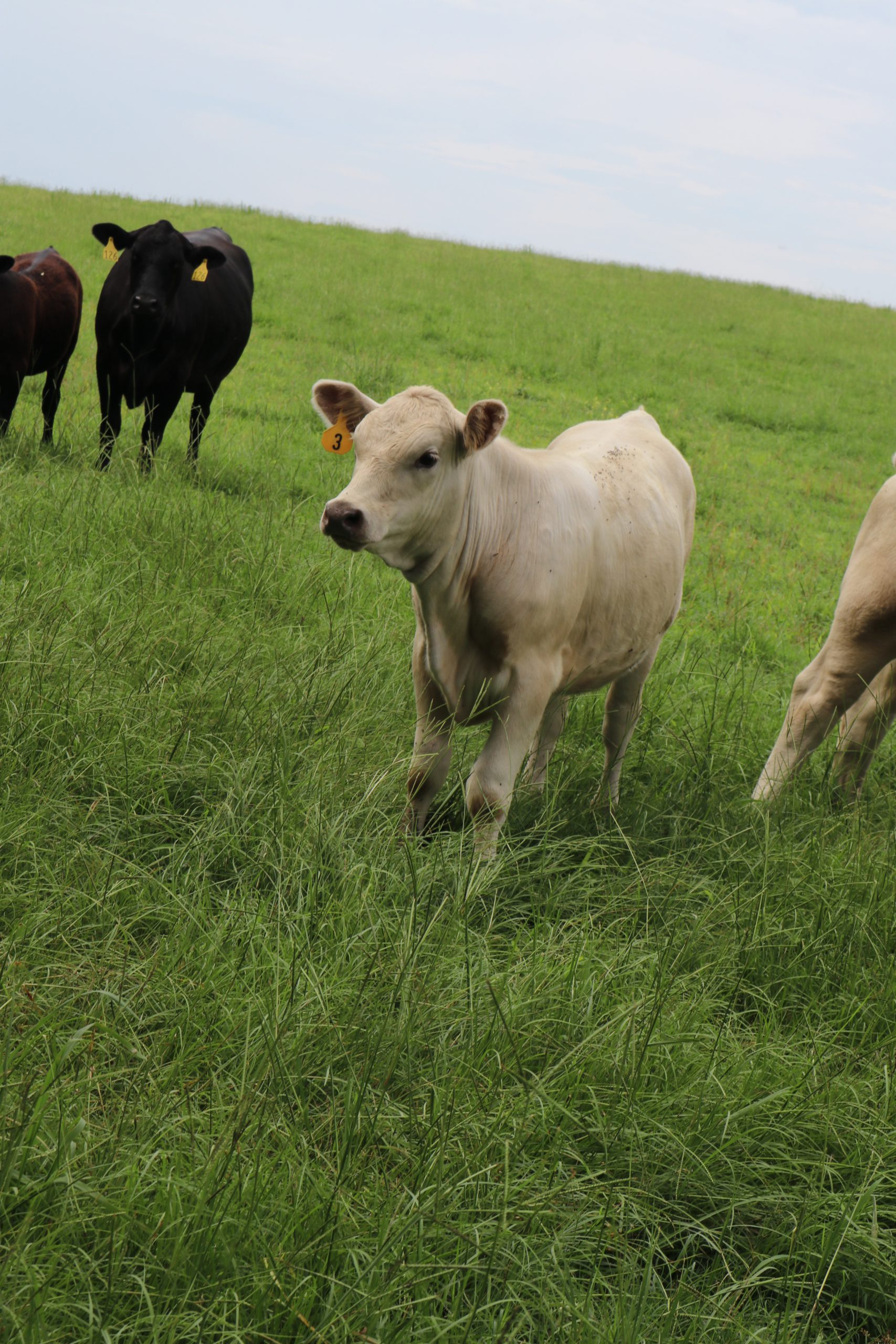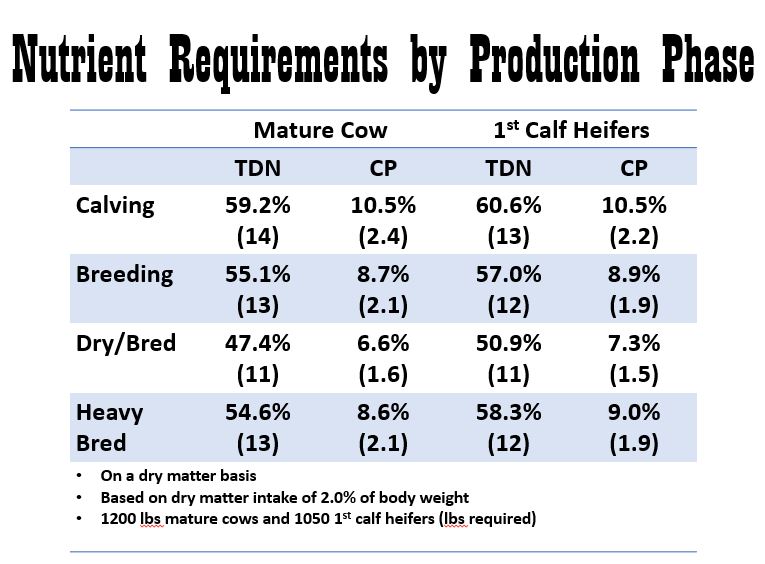Cool-season forages are major players in the winter supplementation strategy of cattle producers in the Southeast. Maximizing the management of cool-season forages can contribute to the overall success of a supplementation program. Creep grazing is a broad term that is used to define allowing specific groups within your herd to have access to forages, while limiting others. Like traditional creep feeding with a commodity type feeds, producers can also use cool season forages to supplement those within the herd that are growing or have higher nutritional requirements with forward grazing.
–
Consideration 1: Creep Grazing Calves
Creep grazing is a management strategy that allows calves to graze a designated area separately from the cow herd. Once calves reach an age in which they are actively grazing, allowing them to have access to forages, while restricting the rest of the herd from accessing. Calves typically will start grazing around 2 months of age, but don’t really start to utilize forages until 3 to 4 months of age as a part of their diet. A good rule of thumb is to allocate 10% of the pasture needed for regular stocking to creep grazing, or 6 calves per acre in the Southeast.
–
Consideration 2: Forward Grazing Young Cows
It is well established that beef cattle females have different nutritional requirements throughout all phases of the production cycle. Young females have requirements for gestation, lactation, and growth. Managing your winter supplementation plan based off nutritional needs of cattle can reduce the overall cost of production. By sorting young, growing heifers (1st or 2nd calf) and thin lactating cows into one group and mature, non-lactating, or open cows into another group will dramatically increase the ability to manage nutritional needs. This can be especially useful for producers who don’t have a defined breeding season.
Forward grazing is a management plan that allows one group/class of livestock to have access to the grazing, followed by a second group. Allowing the group of young and lactating cattle to have access to cool-season forages first will allow for them to have access to the most nutrition forage. This group can then be followed by the cattle with lesser nutritional requirements.
Employing simple, easily managed grazing strategies can help improve the return on investment with cool-season forages. For more information about creep grazing and how it could fit into your operations management program, please contact your county extension agent.
- Big Doe Contest Returns for 2025: A Growing Thanksgiving Tradition - November 14, 2025
- UF/IFAS Extension Panhandle Cattlemen’s College Announces Scholarship Opportunity for Florida Youth – Application Deadline September 15 - August 29, 2025
- Foot Rot Prevention and Treatment for Cattle - August 15, 2025


